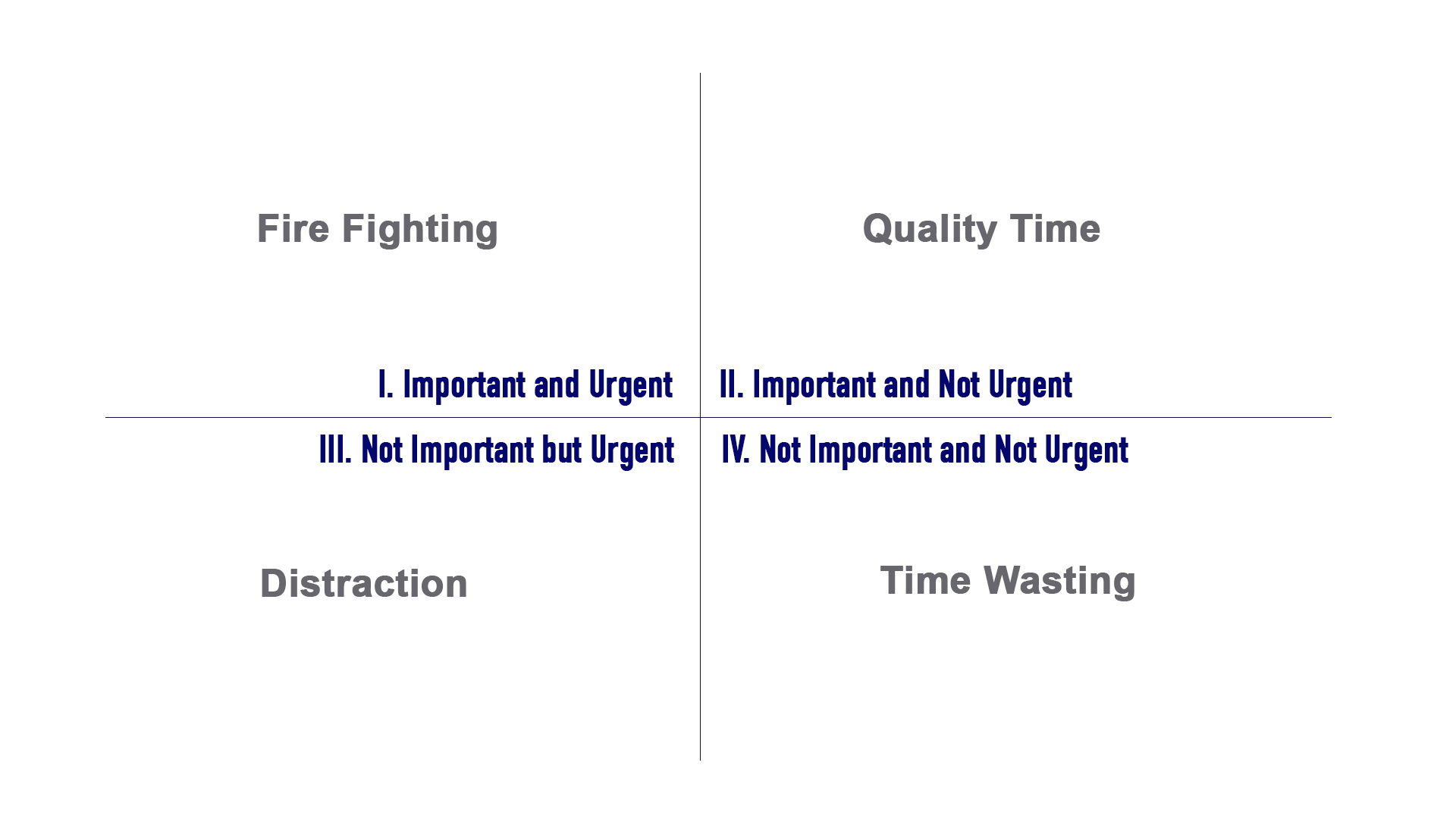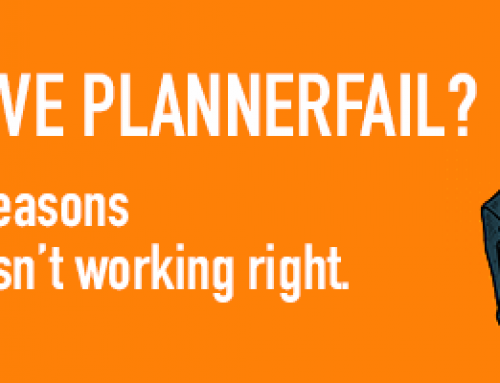You always have time for the things you put first–but how do you know which things to put first? You need to discover your priorities.
Have you ever gotten to the end of the day and wondered, “Where did all the time go?” I know I have!
 When people say that they don’t have enough time, it says more about how they spend their time than the actual quantity. After all, no one really has more time–we all just spend it in different ways.
When people say that they don’t have enough time, it says more about how they spend their time than the actual quantity. After all, no one really has more time–we all just spend it in different ways.
When we feel like their time’s being spent on very valuable things, we may still run out of time, but there’s a completely different level of fulfillment involved.
The trick to having enough time is making sure that it’s spent on things that you feel are important. This means setting priorities and deciding what’s actually valuable to you ahead of time.
Priorities are probably different for each person. To help identify yours, try this:
Years ago, Stephen Covey suggested that, to help you uncover your priorities, you divide a piece of paper into four sections, drawing a line across and a line from top to bottom.
Into each of those quadrants, you put your tasks according to whether they are:
- Important and Urgent
- Important and Not Urgent
- Not Important but Urgent
- Not Important and Not Urgent
 The Quadrant 3 and 4 stuff is where we get bogged down in the trivial: phone calls, interruptions, unnecessary meetings, and busy work. Although some of this stuff might have some social value, if it interferes with your ability to do the things that are important to you, they need to go.
The Quadrant 3 and 4 stuff is where we get bogged down in the trivial: phone calls, interruptions, unnecessary meetings, and busy work. Although some of this stuff might have some social value, if it interferes with your ability to do the things that are important to you, they need to go.
Quadrant 1 and 2 are the tasks that are important to us. Quadrant 1 are crises, impending deadlines, and other work that needs to be done right now or terrible things will happen.
If you’re really on top of your time management, you can minimize Quadrant 1 tasks, but you can never eliminate them.
You need to spend as much time as possible in Quadrant 2, plugging away at tasks that are important with plenty of time to really get into them and do the best possible job.
After you’ve plotted out your tasks on the Covey Quadrant grid, according to your own sense of what’s important and what isn’t, work as much as possible on items in Quadrant 2 and on Quadrant I tasks when they arise.







